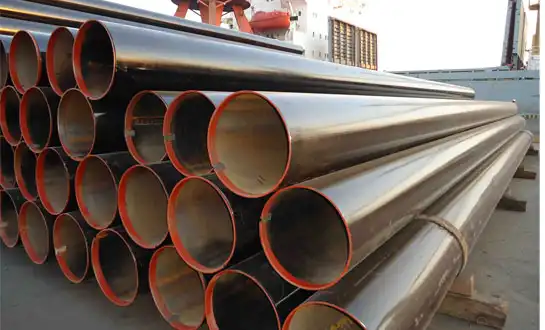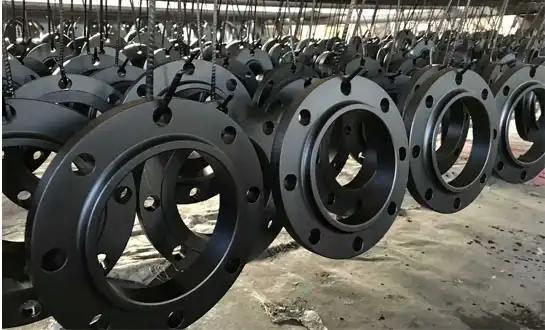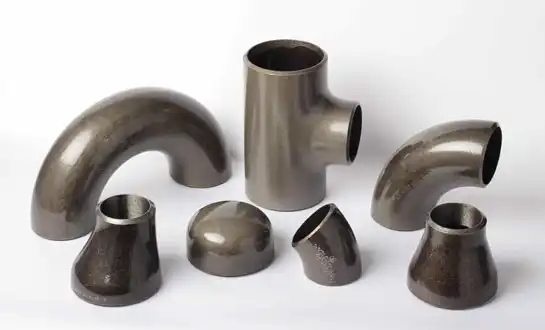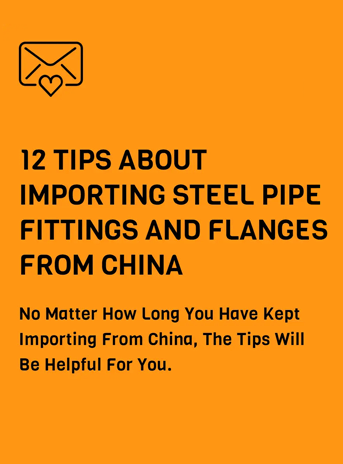Buyer’s Guide to Steel Pipe Fittings for Petrochemical Industries
It is important to buy the right steel pipe fittings for industrial uses because they affect plant safety, working efficiency, and the cost of long-term upkeep. The petrochemical sector works in very harsh environments, such as high pressures, corrosive chemicals, high temperatures, and rigorous rules that require parts to be designed for dependable operation. This complete buyer's guide looks at all the important things to think about when choosing steel pipe fittings for petrochemical plants. You have to choose the right goods, make sure you follow all the rules, look at sources, and figure out the total cost of ownership. Folks who work in buying can use these facts to make smart choices that help them reach their short- and long-term business and money goals.
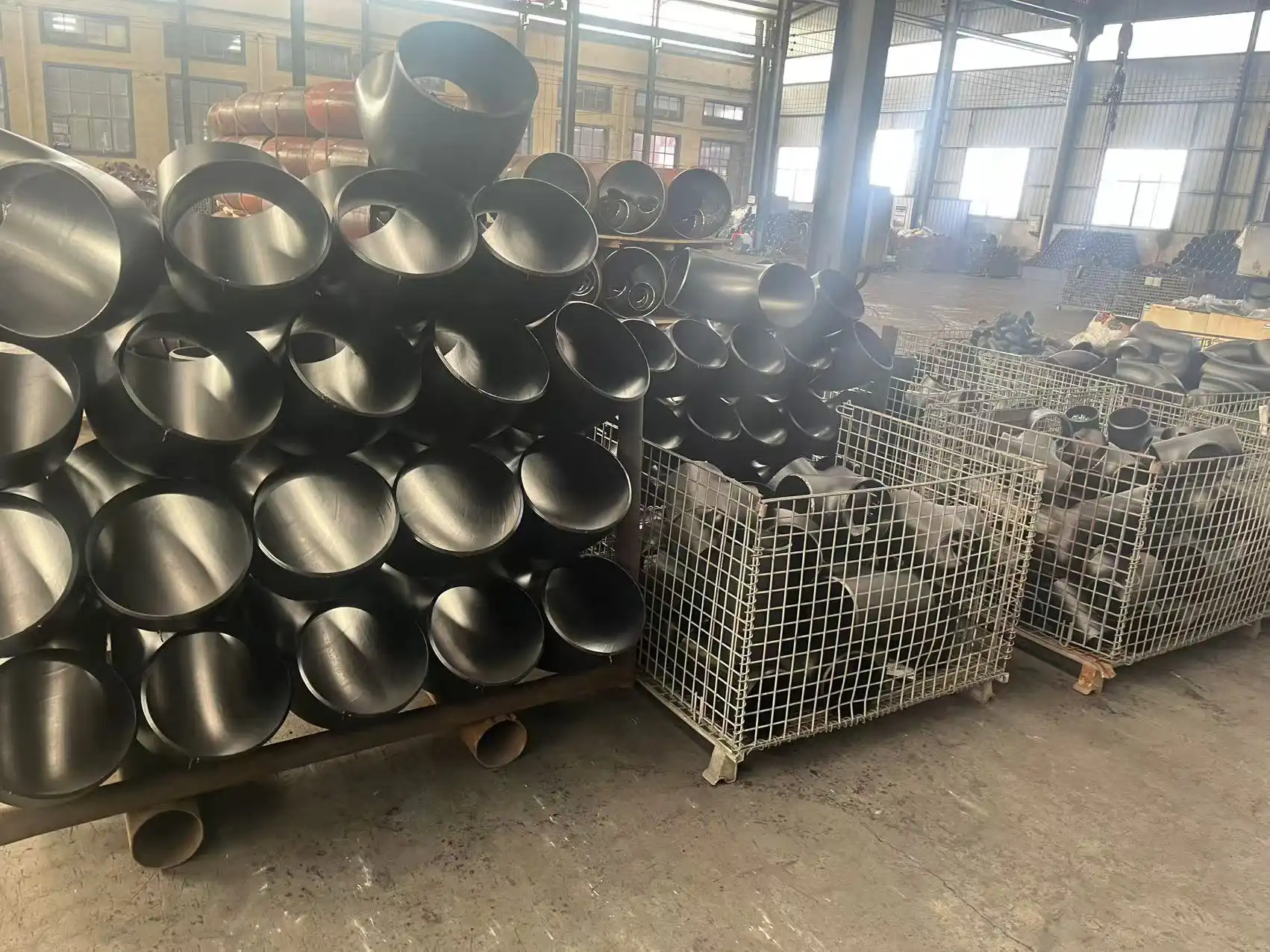
Essential Material Specifications for Petrochemical Steel Pipe Fittings
Understanding Carbon Steel Grades and Their Petrochemical Applications
Carbon steel pipe fittings dominate petrochemical installations due to their favorable combination of mechanical strength, availability, and cost-effectiveness for numerous process applications. ASTM A234 WPB represents the most common specification for carbon steel pipe fittings in petrochemical service, offering excellent weldability and mechanical properties suitable for moderate temperature applications up to 400 degrees Celsius. For higher temperature services, enhanced grades such as WP11 and WP22, incorporating chromium and molybdenum, provide improved creep resistance and oxidation protection essential for maintaining structural integrity under sustained thermal exposure. What something is made of, how it was heated, and how much carbon it has all have a big impact on how well it works. Petrochemical buyers must carefully review material test reports and mill certificates to verify chemical composition, mechanical properties, and heat treatment compliance with project specifications. Trace elements like sulfur and phosphorus need special care since high quantities may make welding harder and make materials more likely to shatter when exposed to hydrogen in sour service conditions. When specifying carbon steel pipe fittings for petrochemical applications, engineers should consider the cumulative effects of corrosion allowances, pressure design calculations, and expected service life to ensure adequate wall thickness throughout the operational period.
Alloy Steel Selection for Aggressive Petrochemical Environments
Petrochemical processes frequently involve aggressive chemicals and extreme temperatures that exceed the capabilities of standard carbon steel pipe fittings, necessitating upgraded alloy steel materials. Chromium-molybdenum alloy steels provide enhanced resistance to hydrogen attack, sulfidation, and high-temperature oxidation encountered in hydroprocessing units and catalytic crackers. The 5Cr-0.5Mo grade offers economical corrosion resistance for moderately corrosive environments, while 9Cr-1Mo provides superior performance in high-temperature oxidizing atmospheres above 550 degrees Celsius. Austenitic stainless steel pipe fittings, particularly 316L and 321 grades, deliver excellent corrosion resistance against chlorides, organic acids, and caustic solutions common in petrochemical operations. The low carbon content in 316L minimizes carbide precipitation during welding, reducing sensitization risks and maintaining corrosion resistance in heat-affected zones. For applications involving concentrated acids or extreme chloride exposure, super austenitic grades and duplex stainless steels provide additional protection. Buyers must recognize that material selection extends beyond simple corrosion resistance to encompass fabrication considerations, thermal expansion compatibility, and galvanic corrosion potential when joining dissimilar metals.
Material Traceability and Quality Documentation Requirements
Petrochemical facilities operate under stringent quality assurance frameworks that mandate comprehensive material traceability and documentation for all pressure-retaining components, including steel pipe fittings. Each fitting must be traceable to certified mill test reports documenting chemical composition, mechanical properties, heat treatment records, and non-destructive examination results. The heat number on fittings is the most important connection between physical parts and the paperwork that goes with them. Third-party inspection agencies frequently witness manufacturing processes, conduct independent testing, and certify that steel pipe fittings meet specified requirements before shipment. Positive material identification testing using portable spectroscopy equipment has become standard practice during receiving inspection to prevent material mix-ups that could result in catastrophic failures. Buyers should make sure that their procurement specifications are explicit about what quality standards are acceptable, how products will be inspected, and what documents will be delivered. Manufacturers with a good reputation have strong quality control systems that meet ISO 9001 standards. It's clear that the business wants all of its goods to be good.
Critical Performance Standards and Compliance Considerations
International Codes and Standards Governing Petrochemical Fittings
The petrochemical industry adheres to comprehensive codes and standards that establish minimum requirements for design, materials, fabrication, and testing of steel pipe fittings used in process piping systems. ASME B16.9 provides dimensional standards for factory-made wrought steel butt-welding fittings, specifying tolerances, wall thickness schedules, and physical characteristics that ensure interchangeability. ASME B31.3 Process Piping Code governs the design, materials, fabrication, inspection, and testing of piping systems in petrochemical facilities, establishing pressure-temperature ratings and quality requirements. API 570 addresses inspection, repair, and alteration of in-service piping systems. International buyers must also consider regional standards such as EN 10253 in European markets or GOST specifications for Russian projects. Following these rules is the only way to be sure that fittings have the right mechanical strength, size, and material quality for safe petrochemical service.
Pressure Rating and Temperature Limitations
Understanding the relationship between pressure ratings, temperature limits, and material properties remains fundamental to the proper specification of steel pipe fittings for petrochemical applications. The allowable stress values for piping materials decrease as operating temperature increases, directly affecting the maximum allowable working pressure at elevated temperatures. Carbon steel pipe fittings suitable for high-pressure service at ambient temperature may require substantial derating when operating at temperatures approaching 400 degrees Celsius. Corrosion allowances typically ranging from 1.5 to 6 millimeters should be added to the calculated minimum wall thickness, ensuring adequate mechanical strength throughout the expected service life. Cyclic temperature fluctuations common in petrochemical operations induce thermal fatigue stresses that can initiate cracking in steel pipe fittings. The repercussions of fitting failure in petrochemical service sometimes extend beyond economic losses to cover possible injuries and environmental discharges, prompting conservative design methods.
Testing and Inspection Requirements for Petrochemical Service
Rigorous testing and inspection protocols provide essential verification that steel pipe fittings meet specified requirements. Hydrostatic pressure testing subjects fittings to pressures exceeding normal operating levels, typically 1.5 times the design pressure, verifying pressure boundary integrity. Non-destructive examination techniques, including radiography, ultrasonic testing, and magnetic particle inspection, detect internal discontinuities and surface defects. Positive material identification confirms that the steel pipe fittings received match the specified material grades. Dimensional inspection verifies conformance with standard tolerances for outside diameter, wall thickness, and end preparation. When the material is hit at certain temperatures, studies show that it is strong enough to be used in the way it will be. It is very important for services that work outside when it is cold to do this. Buyers should clearly specify required testing in procurement documents, defining acceptance criteria and documentation deliverables.
Supplier Evaluation and Procurement Best Practices
Assessing Manufacturer Capabilities and Quality Systems
Choosing the right suppliers is a very important part of the procurement process that has a big impact on the quality and dependability of steel pipe fittings for petrochemical projects. A comprehensive supplier evaluation should examine manufacturing capabilities, quality management systems, technical expertise, and track record serving similar applications. It's fun to take a factory walk to learn how things are made, what tools can do, and how the checking process works. ISO 9001 certification demonstrates a supplier has implemented structured quality management practices. It's worth more for the source to be able to answer scientific questions and help buyers choose products because they are good at building. Long-term supplier relationships built on mutual trust deliver benefits, including preferential treatment during capacity constraints and collaborative problem-solving.
Total Cost of Ownership Versus Initial Purchase Price
Procurement decisions focused exclusively on minimizing initial purchase price frequently result in higher total costs when considering installation expenses, maintenance requirements, and lifecycle performance of steel pipe fittings in petrochemical service. Premium fittings manufactured to tighter tolerances may cost more initially but often provide easier installation, better weld quality, and extended service life. The dimensional consistency of quality fittings reduces field fitting and rework during construction. The reliability and corrosion resistance of properly specified steel pipe fittings directly affect maintenance frequency, with failures requiring costly unplanned shutdowns. People can use life cycle cost analysis tools to figure out these things and buy things that are the best value for their money. Petrochemical operators increasingly recognize that specifying quality steel pipe fittings from reputable manufacturers represents a sound investment delivering superior long-term value.
Inventory Management and Supply Chain Considerations
Effective inventory management for steel pipe fittings balances ensuring component availability for maintenance activities against minimizing capital tied up in spare parts inventory. Petrochemical plants usually keep strategic stocks of common fitting sizes and materials so they can quickly fix broken equipment. Standardizing materials across locations makes it easier to manage inventories and gives you more power when buying from vendors. Supply chain resilience has become more important, and buyers are looking at how diverse a supplier's locations are and how flexible their production is to reduce availability concerns. Lead times for specialty steel pipe fittings in exotic materials can extend to several months, requiring advance planning for scheduled turnarounds. Strategic agreements with distributors make it easier for distant petrochemical plants to get the supplies they need and get help with technical issues.
Conclusion
Make a list of the things you will need and where you can get them. Think about how much they'll cost in the long run too. To be successful, you need to know how to do things technically and have strategic connections with suppliers who value quality above low prices. At HEBEI RAYOUNG PIPELINE TECHNOLOGY CO., LTD., we supply steel pipe fittings engineered for petrochemical service, backed by ISO 9001:2015, GOST-R compliance, and SGS validation. Our product range includes buttweld elbows, reducers, and flanges, delivering the performance that petrochemical operations demand.
FAQ
1. What material grades are most suitable for petrochemical steel pipe fittings?
ASTM A234 WPB carbon steel suits general petrochemical applications, while WP11 and WP22 alloy grades serve high-temperature services. Stainless steel grades 316L and 321 provide corrosion resistance for aggressive chemicals. Because the service needs to know about temperature, pressure, and chemical touch, the material that is chosen is very important.
2. How do I verify the quality of steel pipe fittings before installation?
Verify quality through mill test report review, positive material identification testing, dimensional inspection, and visual examination. Ensure complete material traceability with heat numbers matching documentation. Reputable vendors provide full quality documentation and third-party inspection certifications that prove compliance.
3. What standards govern steel pipe fittings in petrochemical applications?
ASME B16.9 defines dimensional standards for butt-welding fittings, while ASME B31.3 governs petrochemical piping system design. API 570 addresses in-service inspection. International projects may require EN 10253 or GOST compliance. Always specify applicable standards in procurement documents for steel pipe fittings.
4. How should I balance cost and quality when purchasing fittings?
Focus on the total cost of ownership rather than the initial price. Good steel pipe fittings make installation easier, need less maintenance, and last longer. Calculate lifespan costs considering installation, dependability, and probable failure implications. Premium fittings typically deliver superior long-term value in petrochemical service.
HEBEI RAYOUNG PIPELINE: Your Trusted Steel Pipe Fittings Supplier for Petrochemical Excellence
At HEBEI RAYOUNG PIPELINE TECHNOLOGY CO., LTD., we understand that petrochemical operations demand uncompromising quality and reliability from every component. Some of the best pipes and parts are made by our company. We are especially good at making steel pipe fittings that can handle the rough conditions in petrochemical areas. Our comprehensive product portfolio includes buttweld elbows, reducers, and flanges manufactured to international specifications, including ASTM, ASME, and EN standards. Backed by ISO 9001:2015 certification, GOST-R compliance, and SGS validation, our products meet the stringent quality requirements of global petrochemical projects. We keep a close eye on quality the whole time the product is being made. This includes being able to fully track the materials used, doing a lot of tests, and keeping thorough records for every steel pipe fitting. Our trained staff can help you pick out the right things and figure out how to use them, too. You will be able to make smart choices about what to buy after reading this. Whether you're planning a new facility, executing a turnaround project, or maintaining existing operations, HEBEI RAYOUNG delivers the quality, reliability, and service excellence your petrochemical operations deserve. Contact us today at info@hb-steel.com to discuss your specific requirements and discover how our steel pipe fittings can enhance the safety and reliability of your petrochemical piping systems.
References
1. American Petroleum Institute. (2016). Piping Inspection Code: In-service Inspection, Rating, Repair, and Alteration of Piping Systems (API 570). Washington, DC: API Publishing Services.
2. American Society of Mechanical Engineers. (2020). Process Piping: ASME Code for Pressure Piping, B31.3. New York: ASME Press.
3. American Society of Mechanical Engineers. (2018). Factory-Made Wrought Buttwelding Fittings: ASME B16.9. New York: ASME Standards Technology.
4. Becht, C., & Sims, J. (2017). Materials Selection for Petrochemical Process Equipment. Journal of Pressure Vessel Technology, 139(4), 041401-041412.
5. Mohitpour, M., Golshan, H., & Murray, A. (2007). Pipeline Design and Construction: A Practical Approach. New York: American Society of Mechanical Engineers.
6. Singh, R., & Verma, A. (2019). Corrosion Control in Petrochemical Industries: Material Selection and Prevention Strategies. Materials Performance Journal, 58(3), 45-58.

Need a quote? Want to see samples? Just say hello. We’re friendly. We’re fast. And we’re ready when you are.
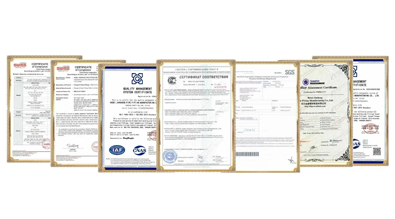
Welcome to RAYOUNG – Strong Pipes, Stronger Promise
